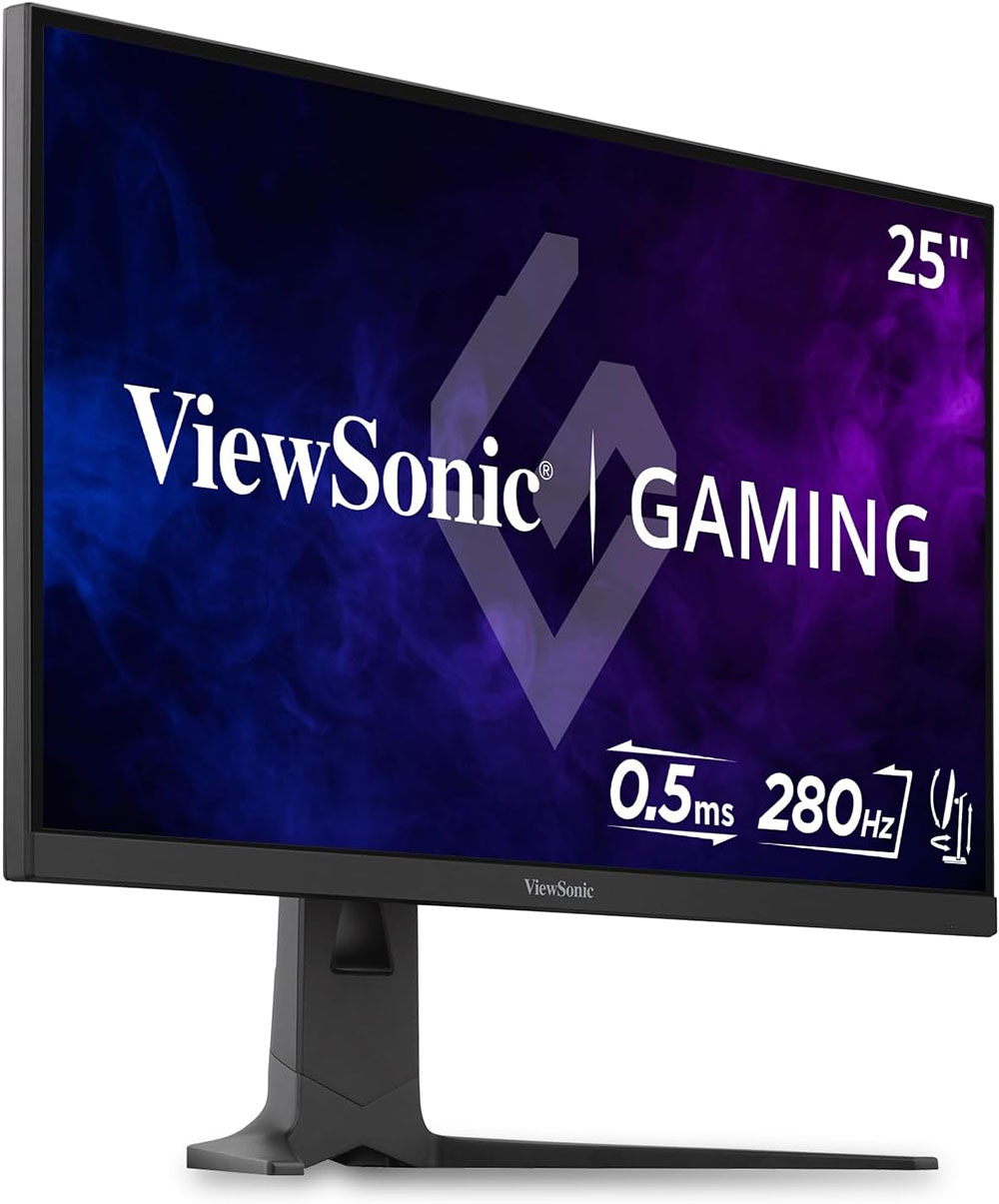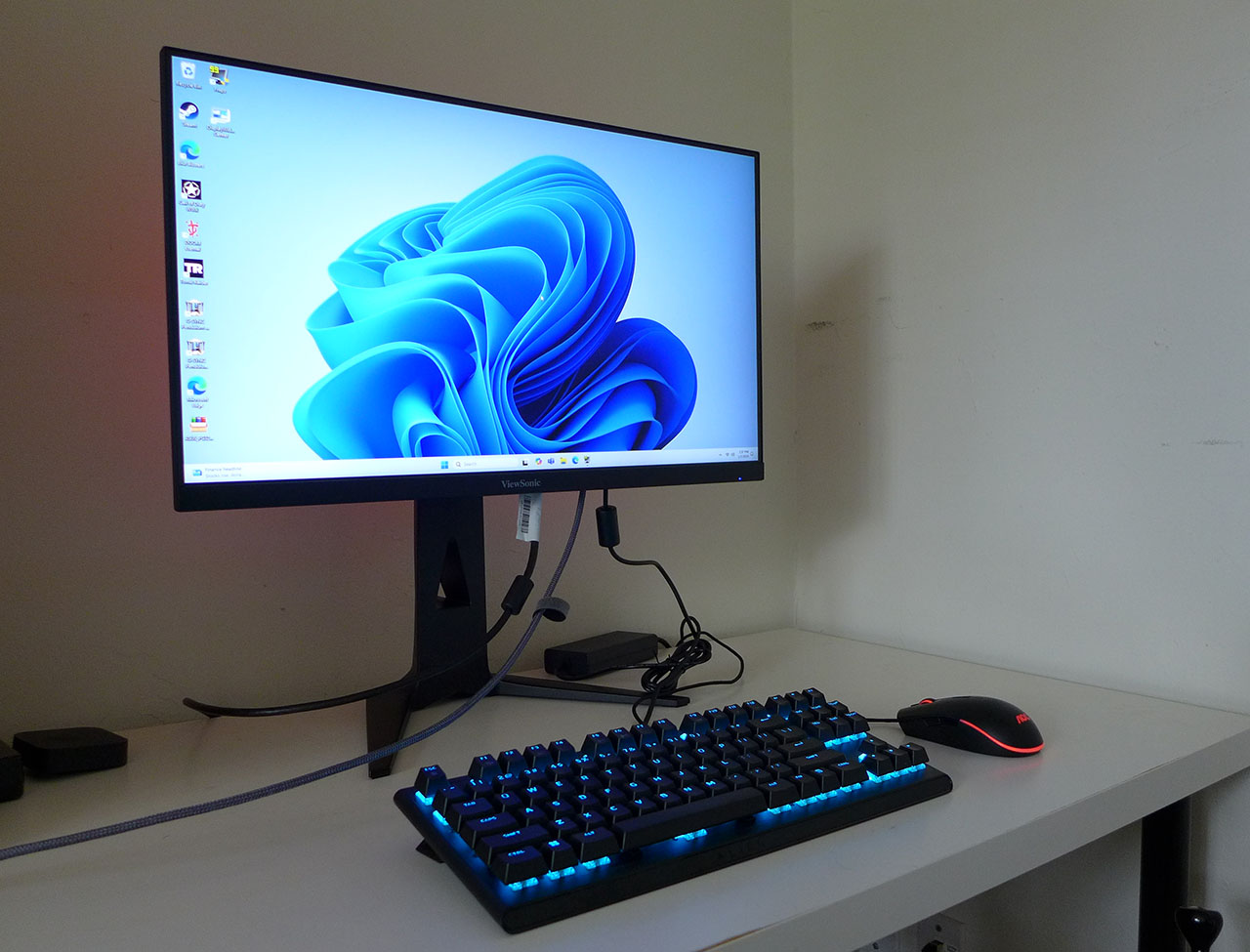Why you can trust Tom's Hardware
The purchase of any computer monitor should be decided by what you plan to do with it. Every display has strengths and weaknesses, especially when low price is a high priority. If you have the budget, a 240 Hz OLED can’t be beat. But if your limit is $300, the ViewSonic XG2536 is far and away the best gaming monitor you can buy.

On paper, it doesn’t scream for attention. There are plenty of 25-inch FHD 280 Hz monitors vying for your money. But none of them can boast the XG2536’s 13ms lag score in my test. Only two 27-inch OLEDs can play in its sandbox, Philips’ 27M2N8500 and Aorus’ FO27Q2. They both sell for $650 at this writing. And since they’re QHD, you’ll need more processing power to realize their full potential.
My complaints were small. The XG2536 doesn’t have a wide gamut. Granted, most of its competitors don’t cover more than 90% of DCI-P3 either but I only saw around 75%. So, it is a little less colorful. Contrast is on par with any other IPS or TN panel in the class. The best contrast for the budget-conscious comes from VA screens like Lenovo’s R27fc-30. But the XG2536 is very accurate and doesn’t need calibration for a great picture. Just set it to Game Custom and you’re ready to rock.
In the world of speedy gaming displays, I’ve become spoiled by premium OLEDs. But I knew the ViewSonic XG2536 was special when it got me playing for hours without noticing the passage of time. If the best gaming monitor is the one you most want to play on, the XG2536 has few equals. Those looking to spend less than $300 on a fast screen should put it on your watch list.
MORE: Best Gaming Monitors
MORE: How We Test PC Monitors
MORE: How to Buy a PC Monitor
Get Tom's Hardware's best news and in-depth reviews, straight to your inbox.

Christian Eberle is a Contributing Editor for Tom's Hardware US. He's a veteran reviewer of A/V equipment, specializing in monitors. Christian began his obsession with tech when he built his first PC in 1991, a 286 running DOS 3.0 at a blazing 12MHz. In 2006, he undertook training from the Imaging Science Foundation in video calibration and testing and thus started a passion for precise imaging that persists to this day. He is also a professional musician with a degree from the New England Conservatory as a classical bassoonist which he used to good effect as a performer with the West Point Army Band from 1987 to 2013. He enjoys watching movies and listening to high-end audio in his custom-built home theater and can be seen riding trails near his home on a race-ready ICE VTX recumbent trike. Christian enjoys the endless summer in Florida where he lives with his wife and Chihuahua and plays with orchestras around the state.

